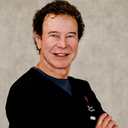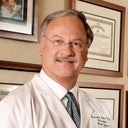Hi NeedBoobies,You might be close, but not quite make it. Here are some tips for you on picking your size: This is perhaps the hardest decision for a patient





